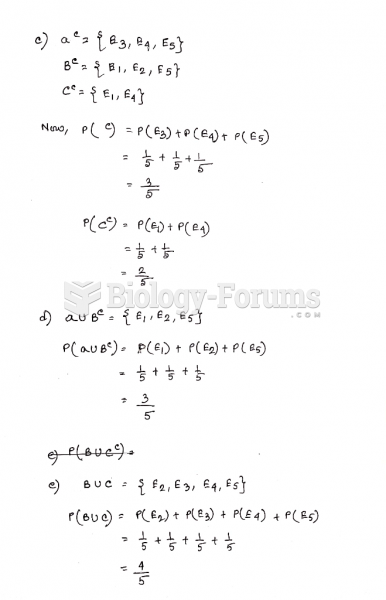|
|
|
Inotropic therapy does not have a role in the treatment of most heart failure patients. These drugs can make patients feel and function better but usually do not lengthen the predicted length of their lives.
The calories found in one piece of cherry cheesecake could light a 60-watt light bulb for 1.5 hours.
Elderly adults are at greatest risk of stroke and myocardial infarction and have the most to gain from prophylaxis. Patients ages 60 to 80 years with blood pressures above 160/90 mm Hg should benefit from antihypertensive treatment.
Essential fatty acids have been shown to be effective against ulcers, asthma, dental cavities, and skin disorders such as acne.
The senior population grows every year. Seniors older than 65 years of age now comprise more than 13% of the total population. However, women outlive men. In the 85-and-over age group, there are only 45 men to every 100 women.
 Bones change radically in size and shape from newborn to adult, as these cervical vertebrae demonstr
Bones change radically in size and shape from newborn to adult, as these cervical vertebrae demonstr
 A shim (or half shim) may be needed to provide the proper clearance between the flywheel teeth of ...
A shim (or half shim) may be needed to provide the proper clearance between the flywheel teeth of ...





